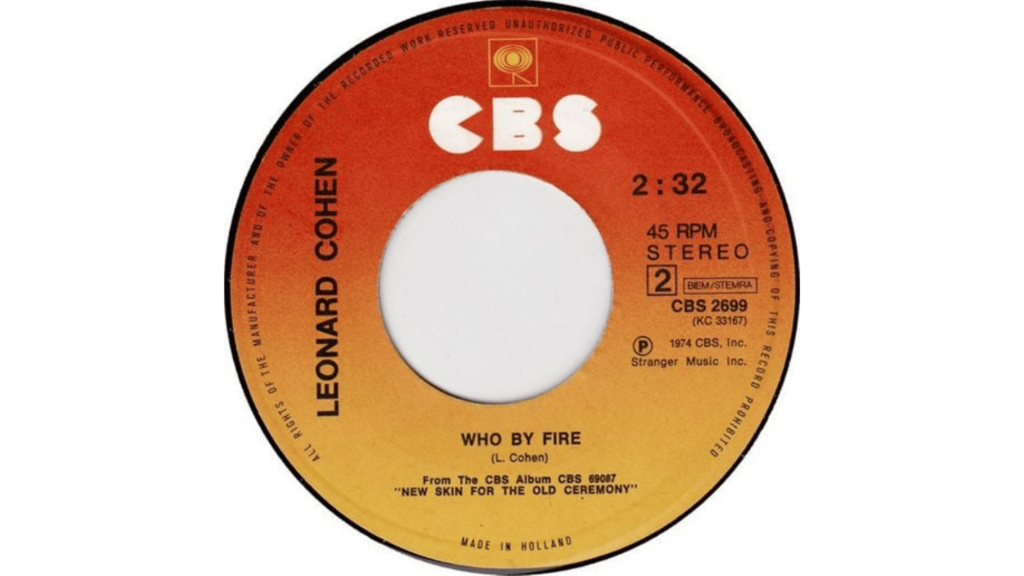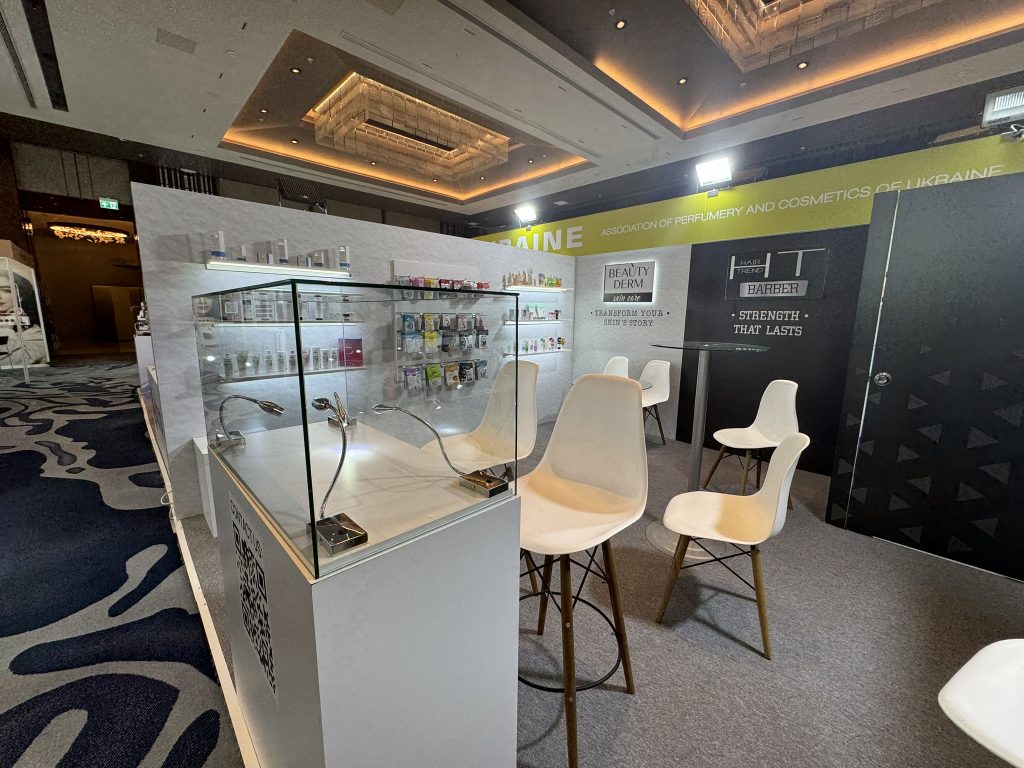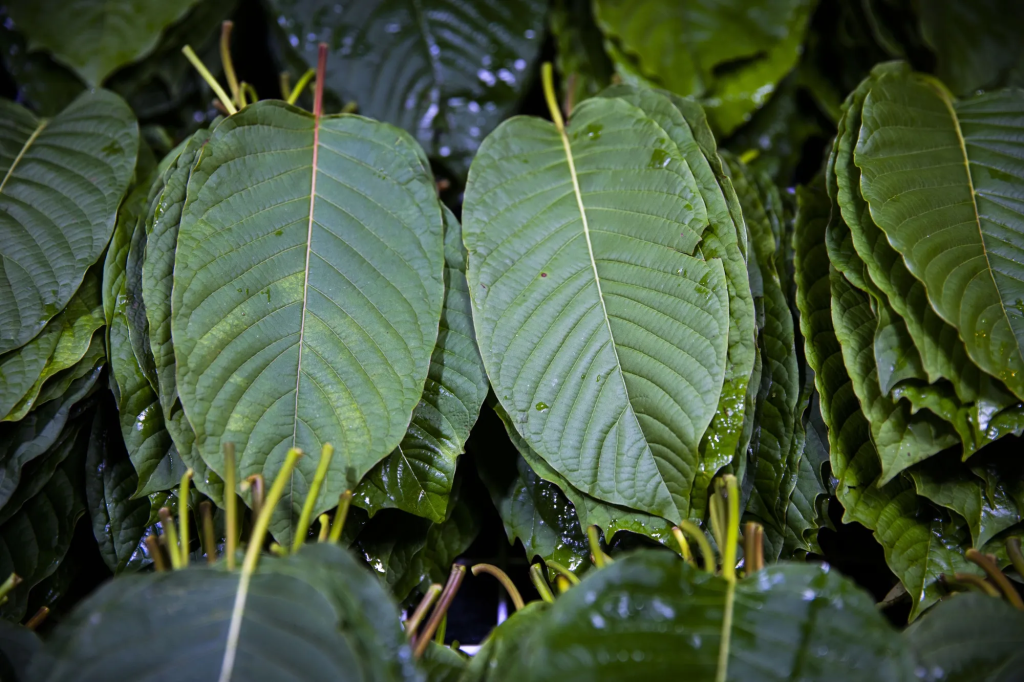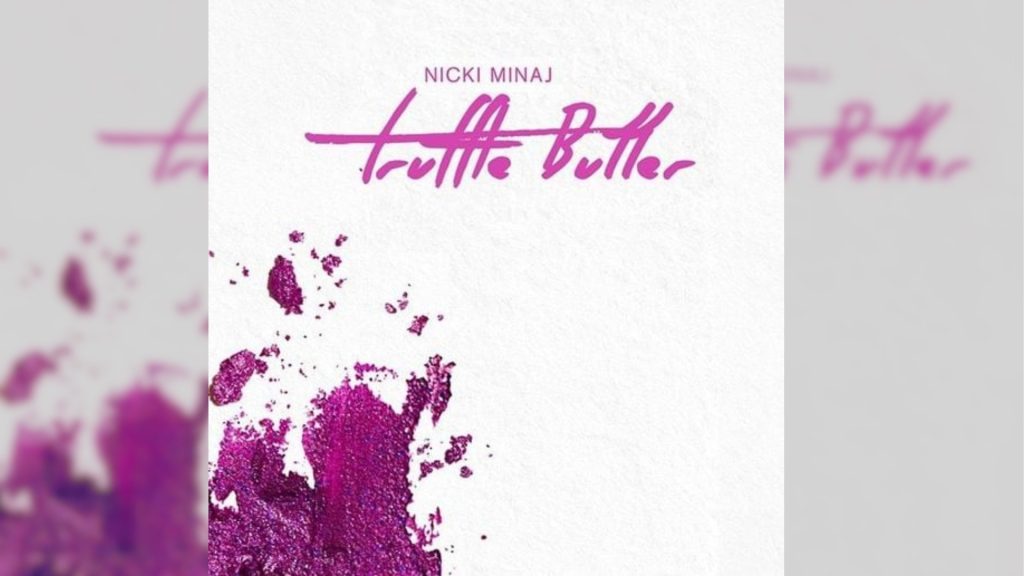www.teasetbox.com offers a variety of elegant tea sets, and afternoon tea is more than just a casual snack; it is a cherished British tradition that evokes elegance, grace, and a delectable culinary experience. Historically, this delightful ritual began in the 19th century, popularized by Anna Maria Russell, the Duchess of Bedford, who found herself in need of sustenance between the main meals of the day. Today, afternoon tea has transformed into a social event that brings friends and family together to indulge in treats and enjoy a moment of leisure.
At the heart of this time-honored tradition lies the afternoon tea set, a collection of fine china and accessories that not only serves a practical purpose but also enhances the aesthetic and experience of the gathering. Whether you envision an intimate tea party or a grand celebration, understanding the essentials of an afternoon tea set is vital to creating an inviting atmosphere filled with charm and sophistication.
In this article, we will explore the key components of a quintessential English afternoon tea set, discuss tips for hosting the perfect gathering, and share insights on how to elevate your tea experience. Join us as we delve into the delightful world of afternoon tea and learn how to impress your guests with a beautifully curated tea service that they will remember for years to come.
Understanding the Essentials of a Tea Set
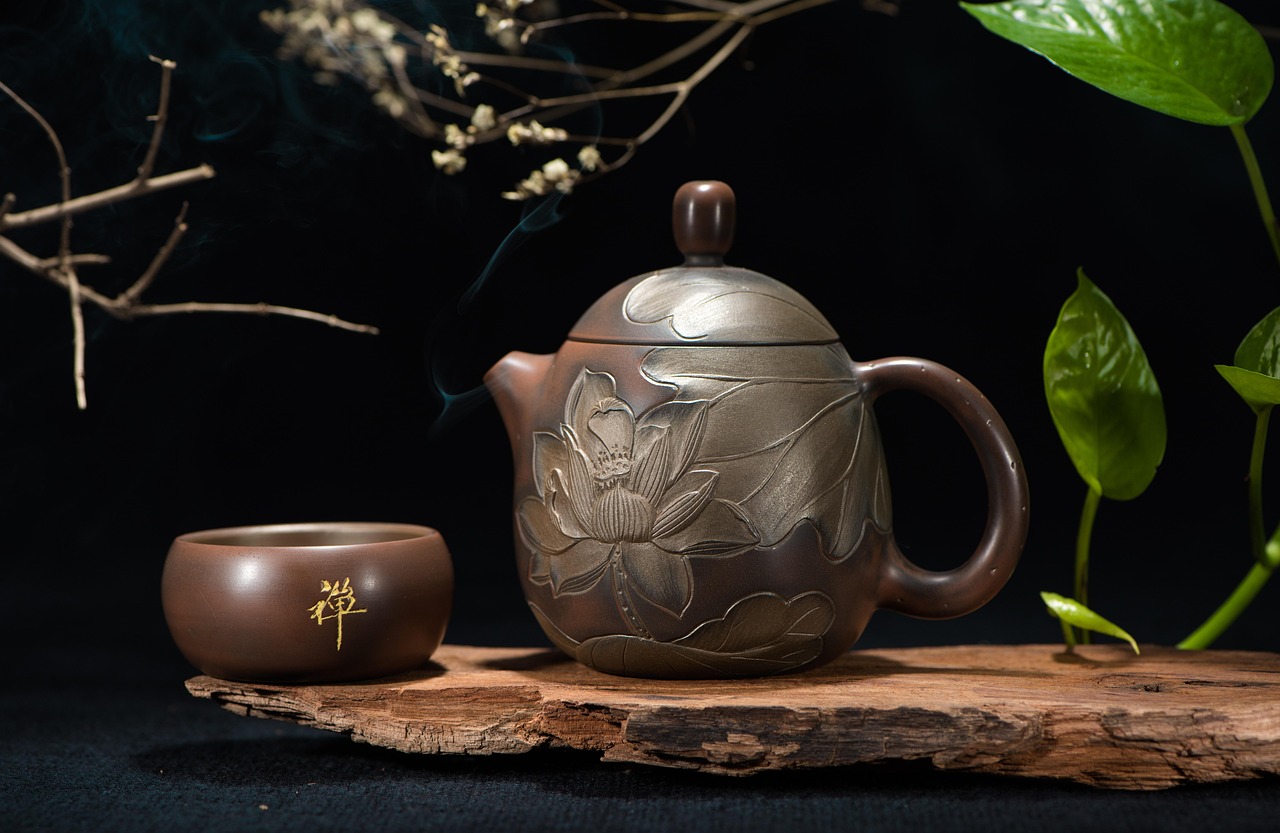
When it comes to hosting a delightful afternoon tea, the right tea set plays a pivotal role in creating a memorable experience. A classic English afternoon tea set typically consists of various elements, each serving a unique purpose while contributing to the overall elegance of the occasion. Let’s explore the essential components of a tea set and how they come together to create a sophisticated tea gathering.
1. Teapot
The teapot is the centerpiece of any afternoon tea set. Traditionally made from porcelain or fine bone china, it should have a sturdy handle and a snug-fitting lid to keep the tea warm. A good teapot holds enough tea for multiple servings, and it’s wise to have a pot that is aesthetically pleasing as it adds to the overall décor of your table setting. Consider designs that reflect your personal style, whether it be floral patterns, delicate engravings, or classic whites.
2. Tea Cups and Saucers
Each guest should be provided with their own cup and saucer for an authentic afternoon tea experience. The tea cups are typically smaller than standard mugs and feature a handle that allows for elegance when sipping. Matching saucers are essential, as they not only catch any drips but also serve as a convenient resting place for your teacup when it’s not in use. When selecting cups and saucers, consider varying sizes to accommodate different types of tea.
3. Milk Jug and Sugar Bowl
To personalize each cup of tea, a milk jug and sugar bowl are essential accessories. The milk jug allows guests to pour in the desired amount of milk or cream, while the sugar bowl typically comes with a small spoon for easy serving of sugar cubes or granulated sugar. Choose pieces that match your teapot and cups to ensure consistency in style.
4. Cake Stand
A multi-tiered cake stand is not just practical for displaying an array of delightful pastries and finger sandwiches, but it also adds a touch of elegance to your table. The different tiers can be used to separate sweet and savory items, creating an eye-catching centerpiece. Decorative cake stands come in various materials, from glass to porcelain, allowing you to choose one that complements your overall theme.
5. Serving Plates and Utensils
Serving plates are important for presenting additional food items beyond what is displayed on the cake stand. Have a few extra plates at the ready for serving an assortment of scones, savory bites, and sweets. In addition to plates, make sure to include utensils such as small forks, butter knives, and tongs for serving. These small details will make it easier for guests to help themselves while contributing to the polished aesthetic.
6. Napkins and Table Linen
Though often overlooked, the choice of napkins and table linen can greatly enhance the ambiance of your afternoon tea. Linen napkins lend an air of sophistication and can be folded creatively for added visual appeal. Complementing tablecloths or runners can tie your entire theme together, ensuring that your tea set shines against a beautiful backdrop.
7. Tea Selection
No afternoon tea would be complete without a carefully curated selection of teas. Traditional choices include Earl Grey, Assam, Darjeeling, and herbal blends. Consider offering a variety, catering to different preferences, so guests can find their favorite brew. Be sure to use loose-leaf teas for the best flavor, accompanied by a suitable tea infuser or tea bags, as preferred.
Choosing the Right Teapot
Selecting the perfect teapot is essential for a successful afternoon tea, as it not only serves a functional purpose but also adds to the overall aesthetic and ambiance of the gathering. Here are some key considerations to keep in mind when choosing the right teapot for your tea set.
1. Material Matters
The material of your teapot influences both the flavor of the tea and the overall presentation. Traditional choices include:
- Porcelain: Known for its fine quality and delicate appearance, porcelain teapots retain heat well and are perfect for serving both black and green teas.
- Bone China: A step up from porcelain, bone china is lighter and more durable, often featuring intricate designs that add elegance to your tea table.
- Ceramic: Available in various styles, ceramic teapots are versatile and can retain heat for a longer duration, making them suitable for more robust teas.
- Cast Iron: For a more rustic or modern look, cast iron teapots are excellent for maintaining heat but generally come with a weightier design.
2. Size and Capacity
Consider the number of guests you’ll be serving when choosing the size of your teapot. A small pot, typically holding 2 to 4 cups, may suffice for an intimate gathering. However, for larger groups, a teapot with a capacity of 6 cups or more will ensure everyone is served without frequent refills. Having a couple of different sizes on hand can be beneficial for various occasions.
3. Design and Aesthetics
The design of your teapot can set the tone for your afternoon tea. Opt for a teapot that complements your overall theme and decor. Whether it’s floral patterns for a garden party or minimalist, sleek designs for a modern gathering, the style should resonate with the atmosphere you want to create. Look for unique touches like ornate handles or hand-painted details that can serve as conversation starters.
4. Functionality
While aesthetics are important, functionality is equally crucial. Ensure that the teapot has a comfortable handle that provides a good grip, making it easy to pour. A built-in strainer can also enhance usability, allowing for loose-leaf tea without the need for an additional infuser. Moreover, check for a well-constructed spout to prevent drips and spills, ensuring a mess-free serving experience.
5. Budget Considerations
Teapots come in a wide range of prices, so it’s vital to set a budget before making a purchase. While it’s tempting to invest in an ornate or designer piece, many high-quality teapots can be found at reasonable prices. Consider what features are most important to you, whether it’s material, size, or design, and strike a balance between quality and cost.
Selecting Cups and Saucers
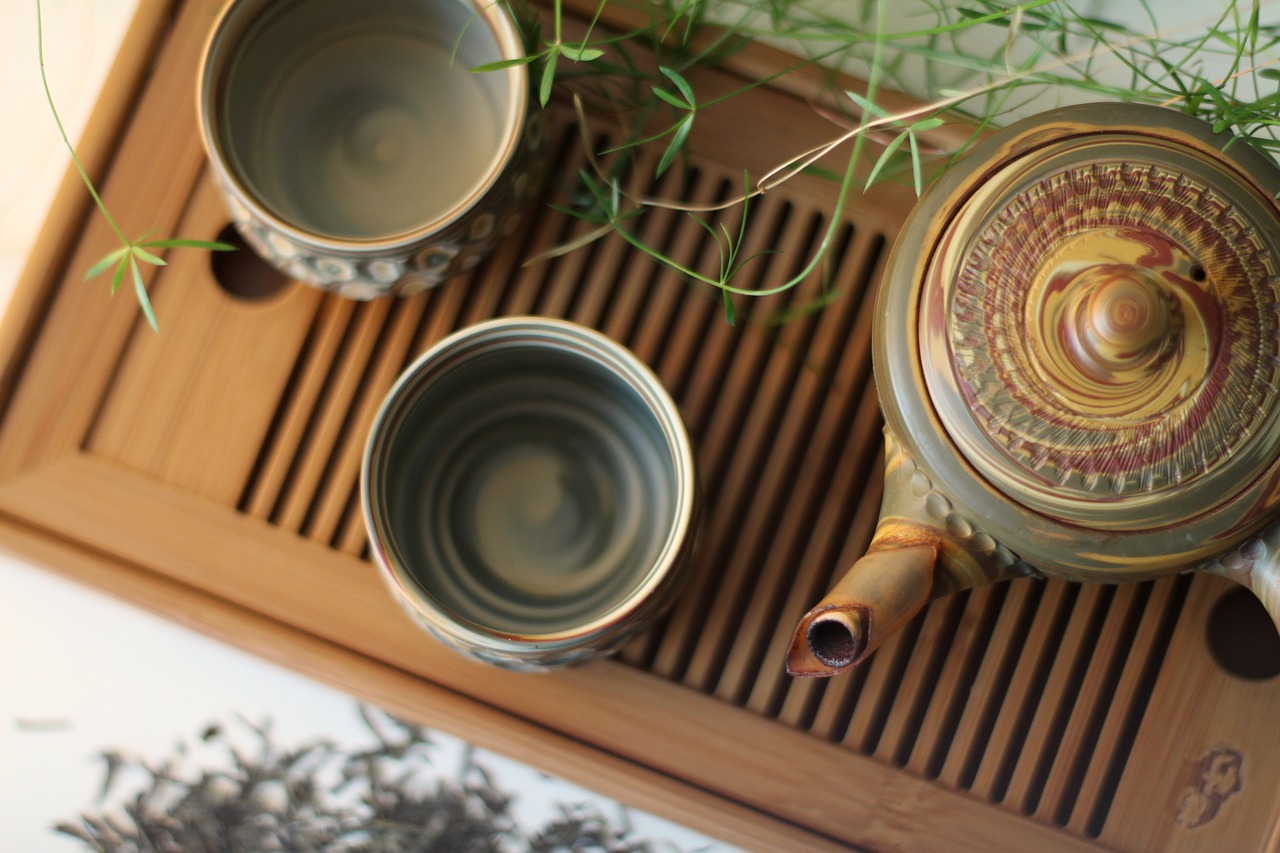
Cups and saucers are integral components of an English afternoon tea set, elevating the experience with style and elegance. When selecting the perfect cups and saucers, there are several factors to consider that will enhance both the aesthetic and functional aspects of your tea service.
1. Material
The material of your cups can significantly affect the tea-drinking experience. Traditional porcelain or fine bone china are popular choices, known for their delicate appearance and superb ability to retain heat. These materials also provide a lovely canvas for intricate designs and patterns, offering a refined look that’s perfect for afternoon tea. For a more rustic charm, opt for stoneware or earthenware, which can add a cozy, homey feel to your gathering.
2. Size and Shape
When it comes to cups and saucers, size matters. Standard teacups range from small (around 6 ounces) to larger sizes (up to 12 ounces), with the former being ideal for traditional black teas, while larger cups are great for herbal or milky blends. Consider the shape as well; a classic round cup is timeless, while square or geometric shapes can provide a modern twist to your tea service. Aim for a uniform size across your set to create a cohesive look.
3. Design and Pattern
Cups and saucers come in an array of designs, from floral prints to bold geometric patterns. Choose a theme that reflects the occasion—vibrant colors for a festive gathering, or soft pastels for a spring tea party. Mixing and matching is an option too, adding an eclectic feel to your tea table. If you cherish vintage styles, look for patterned sets with charming motifs that evoke a sense of nostalgia.
4. Comfort and Usability
Beyond aesthetics, ensure that your cups are comfortable to hold. Look for options with handles that fit comfortably between your fingers, allowing for ease of sipping. The weight of the cup also matters; lightweight options are pleasant for guests but ensure they still feel sturdy enough for daily use. Additionally, saucers should be wide enough to catch any drips while providing a stable base for your cup.
5. Practicality
Lastly, consider the practicality of your cups and saucers. If your gatherings involve children or outdoor settings, opt for durable materials that resist breaking. Dishwasher and microwave-safe cups are also beneficial, as they ensure easy cleaning and versatility. Ensure that your chosen set can withstand the rigors of both formal occasions and casual gatherings.
Including Cream and Sugar
No elegant afternoon tea is complete without the essential accompaniments of cream and sugar. These classic additions not only enhance the flavor of the tea but also provide a touch of indulgence to your tea service. Below, we explore the various options and considerations for elegantly incorporating cream and sugar into your afternoon tea setup.
1. Cream Options
The type of cream you choose can significantly alter the taste and texture of your tea. Here are a few popular options:
- Heavy Cream: This is the richest option, offering a silky texture that transforms your tea into a luxurious treat. Heavy cream works wonderfully in black teas, especially bold varieties like Assam or English Breakfast.
- Half-and-Half: A blend of equal parts milk and cream, half-and-half strikes a balance between richness and lightness. It’s perfect for those who enjoy a creamy cup without it being overwhelmingly dense.
- Milk: For a lighter option, regular whole milk or even alternatives such as oat or almond milk can provide a pleasant creaminess without too much heaviness. These options cater to dietary preferences and can evoke different flavors in your tea.
When selecting your cream, consider providing a small pitcher to allow guests to add just the right amount to their taste. A graceful cream jug makes for a charming centerpiece on the tea table.
2. Sugar Varieties
Sugar is a sweetener staple, but offering various types can elevate your afternoon tea experience:
- Granulated Sugar: The classic choice, granulated sugar, should always be available. Offer a small sugar bowl with a delicate spoon, allowing guests to add sugar to taste.
- Sugar Cubes: Adding sugar cubes brings a nostalgic and elegant touch to your tea service. Their charming presentation creates a delightful ritual as guests drop them into their cups, and they are available in various flavors, such as vanilla or lavender, to complement the tea.
- Honey: For a more natural sweetness, consider including a small pot of honey. Honey pairs beautifully with many types of tea, offering both flavor and a hint of warmth.
- Flavored Syrups: If you want to be adventurous, flavored syrups can add unique twists to your tea. Options like vanilla, caramel, or peppermint syrup are great for guests who wish to explore bold flavor pairings.
3. Presentation Matters
Beyond the types of cream and sugar, presentation plays a crucial role. Utilize elegant serving dishes or containers that match your tea set. Create a visually appealing display by organizing cream and sugar options on a tiered tray or a decorative platter. Add small tasting spoons, decorative labels, or flowers for an extra touch of charm.
4. Personalization and Preferences
Consider providing guests with a menu card that includes tea options accompanied by suggested cream and sugar pairings. This thoughtful touch encourages each guest to tailor their experience to their preferences and creates a sense of personalized hospitality.
Additional Accessories for the Perfect Setup
When hosting an afternoon tea, the right accessories can elevate your gathering from simply pleasant to truly unforgettable. Beyond just tea, cream, and sugar, incorporating thoughtful elements into your setting enhances the overall experience for your guests. Here are some essential accessories to consider for a well-rounded afternoon tea service.
1. Elegant Teapots and Teacups
The centerpiece of any afternoon tea is undoubtedly the teapot and teacups. Choose a well-designed teapot that not only serves tea but also adds to the aesthetic of your table. Fine china or porcelain sets often feature intricate patterns and designs that can set the mood for the occasion. Ensure that each teacup is comfortable to hold, has a delicate handle, and is matched with coordinated saucers.
2. Scones and Utensils
Scones are a staple of afternoon tea, and having the right utensils can enhance the experience of enjoying them. A small knife or spreader for clotted cream and jam is a must-have. Consider including dessert forks and small plates for scones that allow guests to enjoy them without feeling rushed. This provides a more leisurely pace conducive to meaningful conversation.
3. Tiered Stands for Treats
A tiered cake stand not only serves a functional purpose by neatly displaying a variety of pastries, finger sandwiches, and sweets, but it also adds a touch of elegance to your setup. Arrange your foods aesthetically, with lighter items on top, like delicate pastries, and heartier options on the bottom. This visually striking presentation will have your guests excited about what is to come.
4. Napkins and Linens
Quality linens can make a significant impact on the overall feel of your afternoon tea. Consider using elegant tablecloths, cloth napkins folded artfully, and decorative place settings. Fabrics in soft pastels or rich hues can create a warm and inviting atmosphere, making it feel special for both you and your guests.
5. Optional Tea Accessories
To add a unique flair to your tea service, consider incorporating accessories like infusers, tea timers, and milk frothers. A decorative tea infuser allows guests to brew their own loose-leaf tea according to their taste, while a tea timer ensures each blend reaches its optimal steeping time. A milk frother can create luxurious, frothy milk for those guests who enjoy a creamier cup.
6. Engaging Conversation Starters
Lastly, consider having a few conversation starters at the table, such as a beautifully bound book on the history of tea or fun trivia cards about various types of teas around the world. This not only adds an enjoyable element to the gathering but also engages guests, helping to spark delightful conversations.
Choosing the Right Tea for Your Afternoon Tea
Selecting the perfect tea is at the heart of a delightful afternoon tea experience. With countless varieties available, the choice can feel overwhelming. However, understanding the nuances of different teas will help you create a memorable experience for your guests.
1. Classic Black Teas
Black tea is the traditional choice for afternoon tea, renowned for its robust flavor and versatility. Varieties such as Earl Grey, which is flavored with bergamot oil, and Assam, known for its malty richness, can provide a fine foundation for your tea service. Darjeeling, often called the “Champagne of teas,” offers a lighter, floral note that pairs beautifully with pastries and scones. Serve black tea with a splash of milk or a slice of lemon, allowing guests to customize their brew to taste.
2. Delicate Green Teas
For a refreshing alternative, consider incorporating green teas into your selection. Their subtle flavors and health benefits make them an appealing choice. Sencha, a popular Japanese green tea, offers a grassy flavor that can be quite refreshing, while Jasmine Green Tea adds a fragrant touch infused with floral notes. Green teas are delightful served plain, but a hint of honey can enhance their natural sweetness and depth.
3. Herbal Infusions
For guests who prefer caffeine-free options, herbal teas present an excellent alternative. Chamomile, with its calming properties, and peppermint, known for its digestive benefits, can be served as soothing options. Consider more exotic blends, like hibiscus or rooibos, which offer unique tastes and eye-catching colors. These herbal infusions can be enjoyed warm or iced, making them a versatile addition to your tea selection.
4. Flavorful Blends
Experimenting with tea blends can add a creative twist to your afternoon tea. Many specialty tea companies offer unique combinations that infuse different flavors, such as chai blends with spices or fruity herbal blends that can awaken the palate. These options can introduce your guests to exciting new tastes and keep their experience varied and enjoyable.
5. Complementing Your Menu
When choosing your teas, it’s essential to consider the food you’ll be serving. Heavier foods, like savory sandwiches and rich cakes, pair well with strong black teas, while light pastries and scones can benefit from the floral notes of green or herbal teas. Aim for a balance, offering a selection of teas that will complement rather than overpower the flavors on your tiered serving stand.
Pairing Food with Your Tea
An essential aspect of hosting a delightful afternoon tea is the art of pairing your food selections with the teas you choose. The right combination can elevate the overall experience, tantalizing your taste buds and creating a harmonious balance between flavors. Here’s a breakdown of how to match classic afternoon tea foods with various types of teas for the perfect pairing.
1. Finger Sandwiches
Finger sandwiches are a staple of any afternoon tea, offering savory notes to counterbalance the sweetness of pastries and scones. For these delicate bites, opt for a rich black tea, such as Earl Grey or Assam, which can stand up to the flavors of smoked salmon, cucumber, or ham sandwiches. The robustness of black tea complements the richness of the fillings while refreshing the palate between bites.
2. Scones with Clotted Cream and Jam
Scones are perhaps the most iconic item on the afternoon tea menu. Traditionally served with clotted cream and jam, these buttery delights pair beautifully with a variety of teas. A classic choice is a fragrant Darjeeling or a floral green tea, which highlights the sweetness of the scones and the richness of the cream. Additionally, a lightly spiced chai can add an exciting dimension, creating a delightful contrast with the creaminess.
3. Pastries and Cakes
As the sweeter components of your tea, pastries and cakes deserve thoughtful tea pairings. For rich desserts like chocolate cake or carrot cake, consider a bold black tea, perhaps a breakfast blend or a smoky Lapsang Souchong. The strong flavors of these teas enhance the decadent nature of the cakes without being overshadowed. For lighter pastries, such as fruit tarts or éclairs, you might choose a delicate green tea or a fruity herbal blend, which allows the natural flavors of the fruits to shine through.
4. Savory Treats
Items like quiches or savory tarts offer another delicious dimension to your afternoon tea. Pair these with a perfumed oolong or a savory green tea, such as a Japanese Genmaicha, which includes roasted brown rice and delivers a nutty flavor. These teas can complement the flavors in the savory dishes while providing a refreshing contrast that prevents any heaviness from settling in.
5. Light Bites and Accompaniments
Consider offering a selection of nuts, cheese, and dried fruits as bites between tea and food courses. A refreshing herbal tea, such as chamomile or mint, pairs beautifully with these light snacks, cleansing the palate and offering a refreshing break. Moreover, flavored teas with notes of citrus or spice can also enhance the enjoyment of these accompaniments.
Setting the Table for Afternoon Tea
Creating the perfect ambiance for an afternoon tea is an art form in itself. It’s not just about serving delicious treats and fragrant teas; the presentation of your table plays a crucial role in making the experience memorable. Here are some elements to consider when setting the table for your afternoon tea gathering.
1. Choose the Right Tableware
The foundation of your table setting begins with your choice of tableware. Opt for fine china or porcelain sets that embrace the tradition of afternoon tea. Look for tea sets that include a teapot, milk jug, sugar bowl, and matching cups and saucers—these can often feature floral patterns or delicate designs, adding a touch of elegance. If you’re feeling creative, vintage or mismatched tea sets can also inspire a charming, eclectic vibe.
2. Tablecloths and Linens
A beautiful tablecloth can transform your dining area and make it feel more special. Choose a crisp white tablecloth for a classic look or a floral print to inject a vibrant charm. Layering with cloth napkins—preferably pressed and folded neatly—can further enhance the aesthetic. Consider using napkin rings for an extra layer of sophistication.
3. Arrangement of Food Items
The way you arrange food items can significantly impact the presentation. Utilize tiered cake stands to display scones, pastries, and cakes vertically, creating a stunning focal point. Finger sandwiches should be placed on a separate platter to keep them fresh and prevent them from becoming soggy. When stacking or arranging items, consider varying the heights for visual appeal.
4. Floral Arrangements
Nothing elevates an afternoon tea table quite like fresh flowers. A small vase filled with seasonal blooms can add color and fragrance. Choose flowers that complement your color scheme and avoid strong scents that might overpower the aroma of the tea. Simple arrangements of roses, tulips, or wildflowers can strike the perfect balance.
5. Attention to Detail
Details can make all the difference in setting an extraordinary table. Consider adding charming touches such as hand-written place cards, tea strainers for loose-leaf tea, and small jars of jam or clotted cream nestled alongside the scones. Create a little booklet of your tea offerings, describing the flavors and pairing suggestions, to engage your guests further.
6. Lighting and Atmosphere
The right lighting can set the mood for your tea party. If possible, host your afternoon tea in a well-lit area or near a window to take advantage of natural light. For a more intimate experience, you can soften the ambiance with candles or fairy lights. Soft background music can also add to the atmosphere, creating a soothing and inviting space to enjoy your tea.
By carefully considering the elements of your table setting, from the choice of tableware to the flowers and arrangement, you can create a delightful atmosphere for afternoon tea. It’s these small details that transform a simple gathering into a cherished occasion, allowing guests to delight in a truly special experience. So take your time, enjoy the process, and prepare to impress!
Tips for Hosting the Perfect Afternoon Tea
Hosting a delightful afternoon tea requires a blend of planning, creativity, and attention to detail. Here are some essential tips to ensure your event is both elegant and enjoyable for your guests.
1. Choose the Right Teas
The foundation of a successful afternoon tea is, of course, the tea itself. Offer a selection of high-quality teas that cater to diverse palates. A classic Earl Grey, a robust Assam, and a soothing herbal option like chamomile can provide variety. Consider including unique blends or flavored teas to surprise your guests. Don’t forget to brew your tea to the proper temperature and steeping time to enhance its flavor profile.
2. Maintain Traditional Etiquette
While afternoon tea encourages a relaxed atmosphere, maintaining some element of tradition can enhance the experience. Instruct guests to use the tea spoon to sip gently and avoid clinking against the cup. Remind them to hold the teacup by the handle, rather than cradling the cup, to keep things elegant. Small touches like serving from a tea pot rather than pre-brewed cups can add a ceremonial feel to the occasion.
3. Finger Sandwiches and Savory Bites
One of the hallmarks of afternoon tea is the assortment of finger sandwiches and savory options. Choose fillings that are flavorful yet easy to manage. Classic options include cucumber with cream cheese, smoked salmon with dill, and egg salad. Cut sandwiches into dainty, manageable portions, and consider making some open-faced for added flair. These savory bites provide a perfect balance to the sweetness of pastries and scones.
4. Perfect Your Scones
Scones are a quintessential element of afternoon tea, and getting them just right is essential. Serve them warm, straight from the oven, to create a wonderfully flaky texture. Offer a variety of scones, such as plain, fruit, or savory versions, and pair them with clotted cream and high-quality preserves. Encourage guests to spread a generous layer of cream first, followed by jam, in the traditional manner.
5. Offer a Sweet Selection
Balance your menu with a delectable assortment of pastries, cakes, and biscuits. From delicate macarons to rich chocolate éclairs, aim for a mix of flavors and textures. Consider including a show-stopping cake that can be sliced for sharing, alongside smaller sweets for individual enjoyment. Present them on tiered stands to create an eye-catching display.
6. Engage Your Guests
Encourage conversations and interactions among your guests during the tea. Consider incorporating interactive elements, such as a tea-tasting session where guests can sample different brews, or a discussion on the history and significance of afternoon tea. Games or light quizzes related to tea can serve as icebreakers and keep the gathering lively.
Conclusion
Hosting an afternoon tea is a delightful way to bring friends and family together for a leisurely experience filled with conversation, laughter, and the enjoyment of beautifully crafted treats. By ensuring that your tea set is well-equipped with all the essential components—from a charming teapot to elegant serving plates—you can create an inviting atmosphere that encourages guests to relax and savor each moment.
Remember that the key to a successful afternoon tea lies not just in the quality of tea or the array of treats but also in the thoughtful presentation and attention to detail. With the right selection of teas, delectable pastries, and a beautifully arranged setting, your gathering will be an unforgettable occasion.
So, gather your favorite tea set, choose your menu, and get ready to enjoy the timeless tradition of afternoon tea. Whether it’s a casual meet-up or a special celebration, your carefully curated experience is sure to leave a lasting impression on your guests, creating cherished memories for years to come. Cheers to good company, delightful treats, and a perfect afternoon tea!





